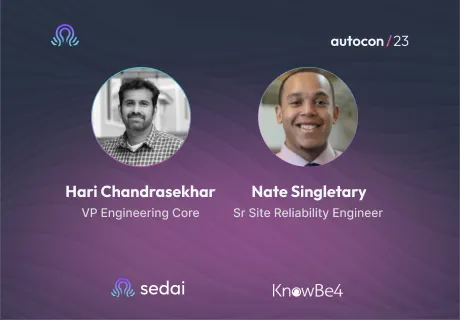How to Prepare for the Next AWS or Azure Outage

The next major cloud outage is coming. Here's how to prepare your infrastructure and respond fast, when it does.
Published on
November 6, 2025
Cloud Optimization: The Ultimate Guide for Engineers in 2025

Engineering leaders face millions in wasted cloud spend. Learn how to optimize costs, maintain performance, and manage resources efficiently
Published on
September 3, 2025
Mastering AWS EFS: A Complete Guide
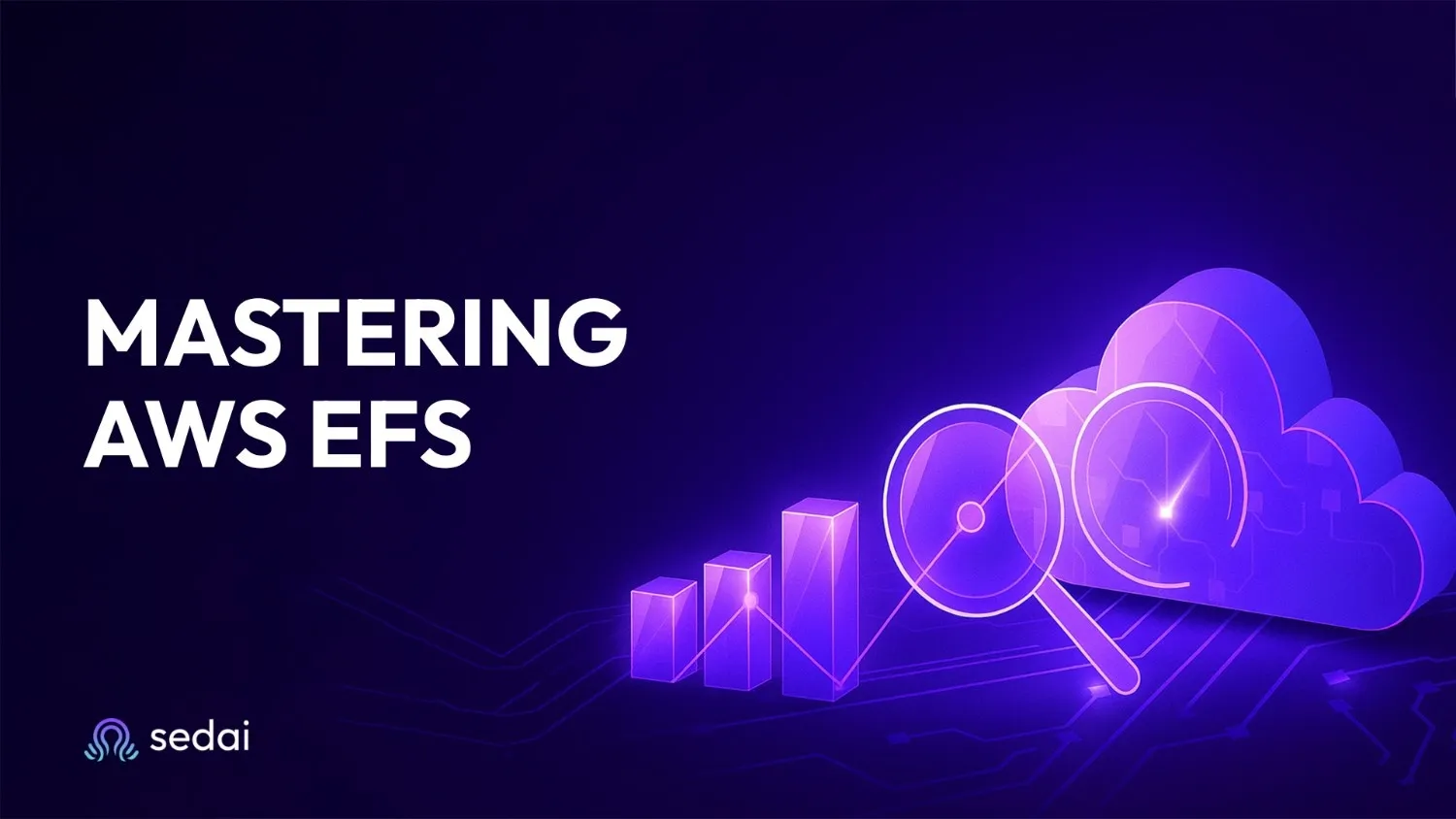
Amazon Elastic File System (EFS) delivers fully managed, elastic NFS file storage designed for seamless scaling across multiple EC2 instances. Unlike Amazon EBS, which provides single-instance block storage optimized for low latency, EFS supports shared access with automatic scaling and multi-AZ availability. This blog explains EFS features, use cases, cost benefits, and when to choose it over EBS, helping CTOs, SREs, and DevOps teams optimize storage for performance and budget.
Published on
July 23, 2025
Understanding and Optimizing Amazon RDS Pricing for Cost Efficiency
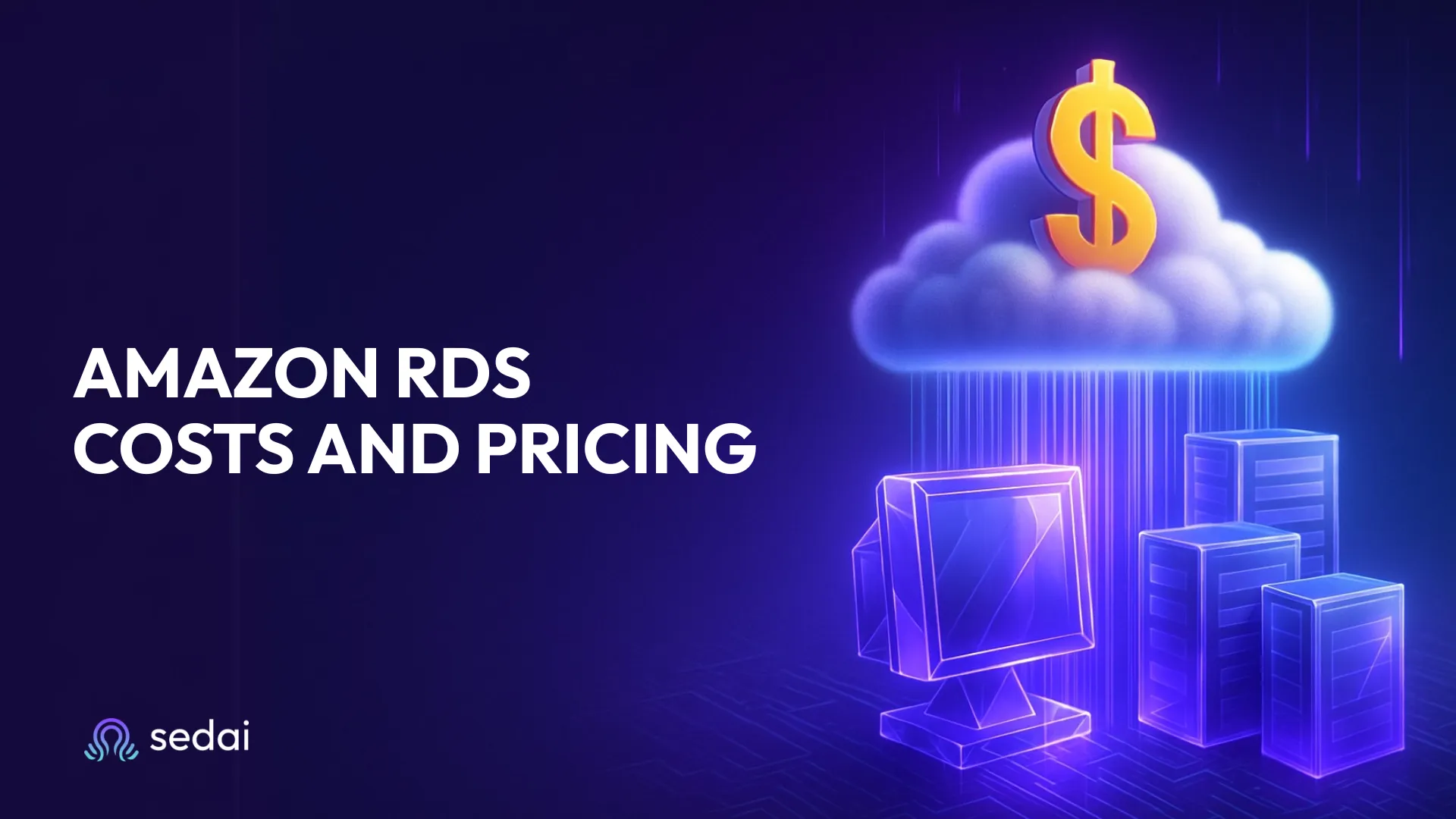
This blog breaks down Amazon RDS cost optimization into actionable strategies: estimating costs, identifying inefficiencies, using monitoring tools, and avoiding common mistakes. You’ll learn how automation, especially with Sedai, can help reduce RDS spend by eliminating waste and right-sizing resources in real time.
Published on
July 23, 2025
AWS Cost Explorer Guide: Analyze and Reduce Expenses in 2025
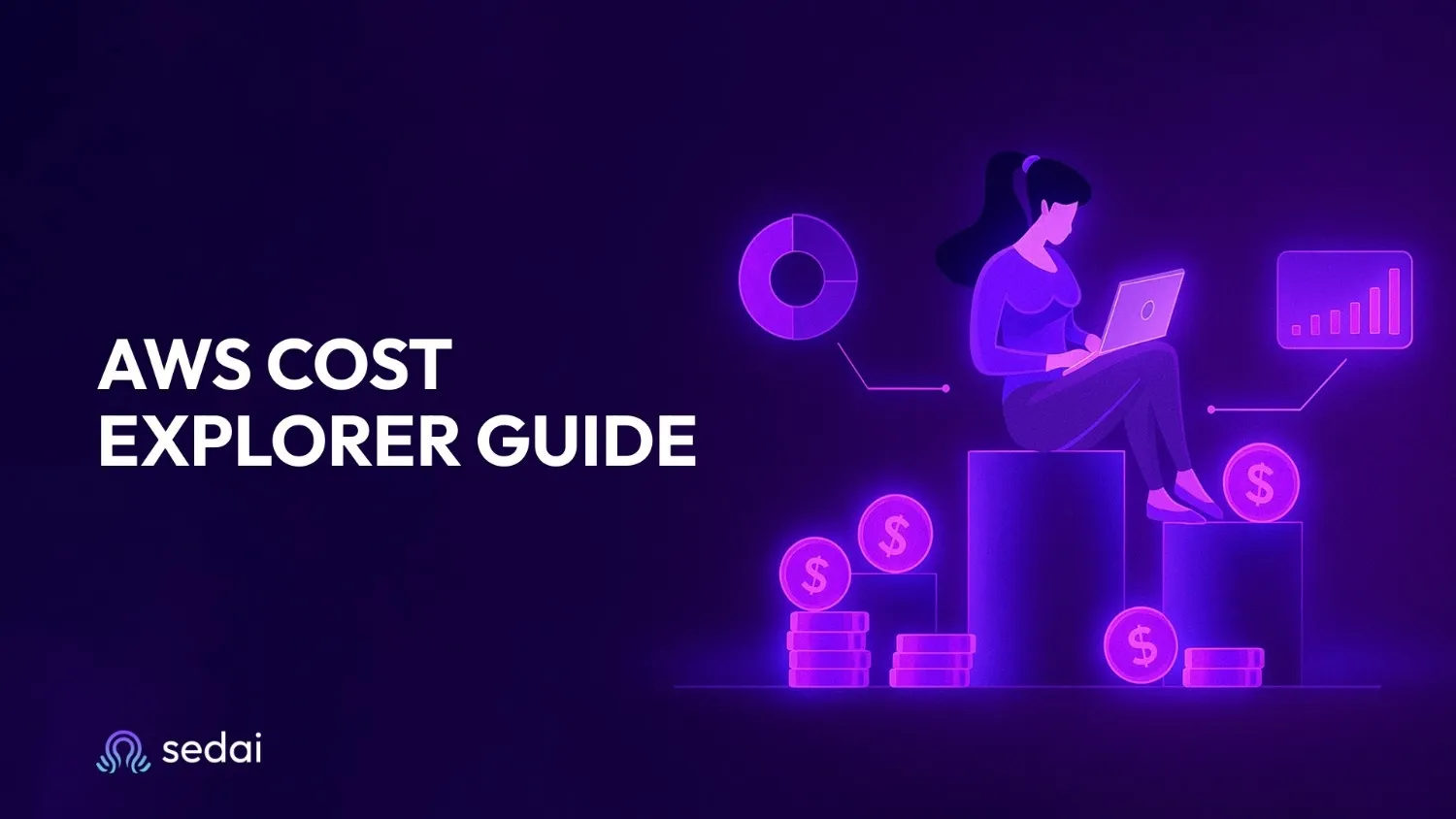
This easy-to-follow guide walks you through AWS Cost Explorer, showing how to get a clear picture of your cloud expenses and spot where you can save. You'll learn how to track spending trends, set budgets, and use AWS tools to keep costs under control. Also, get practical tips for monitoring and optimizing your AWS bills so you're never caught off guard. It’s perfect for cloud architects, finance teams, and IT leaders who want to manage AWS costs smartly while growing their cloud infrastructure.
Published on
July 23, 2025
AWS EBS: A Step-by-Step Guide to Block Storage Management
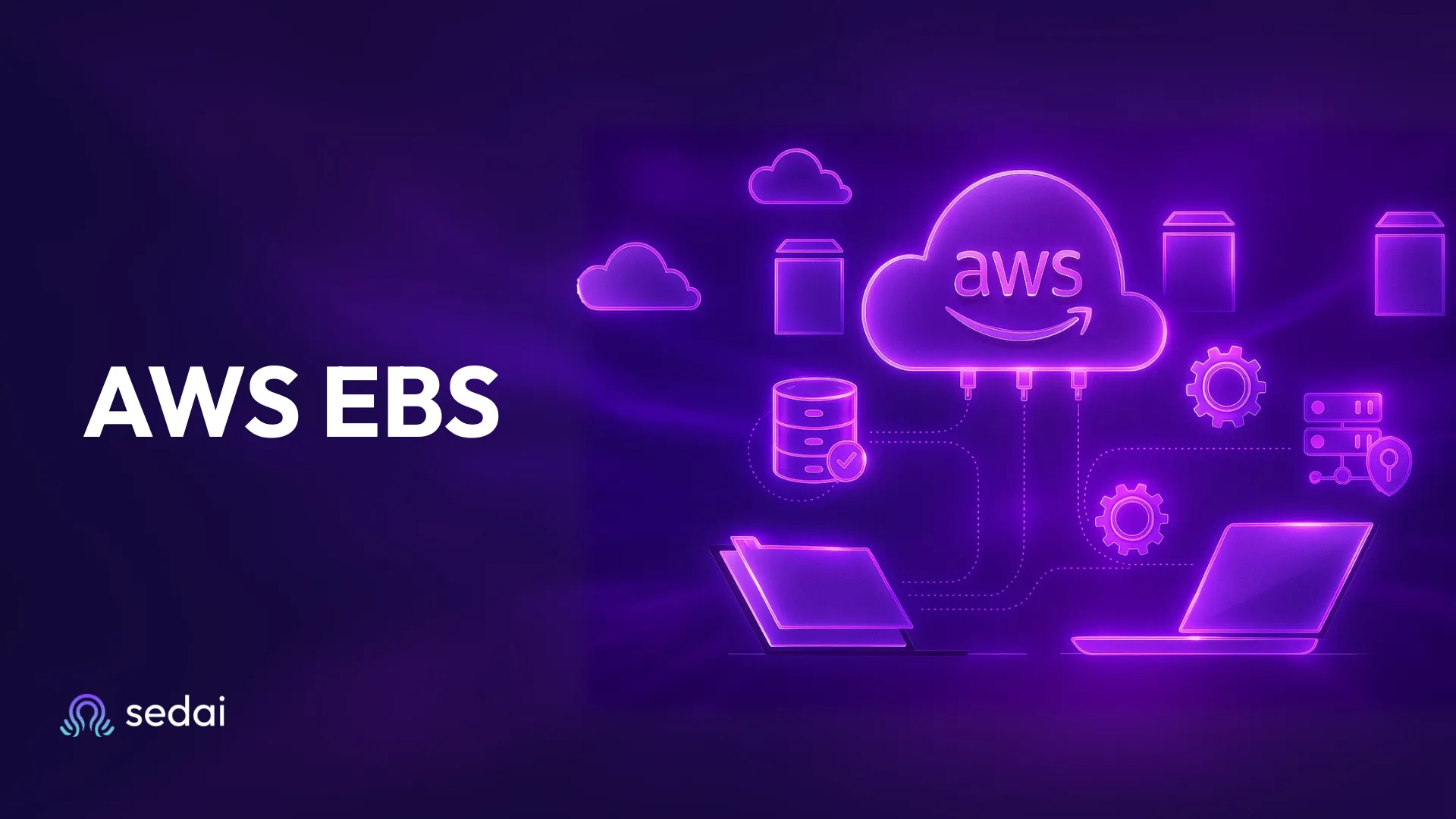
AWS EBS can be very helpful for your cloud, but it needs to be managed properly. Otherwise, it can cause volumes to bloat your bill, increase GP3 credits that vanish mid-query, and cause IO2 volumes to cost more than your dev team's coffee habit. This guide will help choosing the right volume type (without the trial-and-error), automating snapshot lifecycles before they bankrupt you, and fixing performance issues before users notice.
Published on
July 23, 2025
A Complete Guide to Datadog Pricing and Cost Optimization in 2025
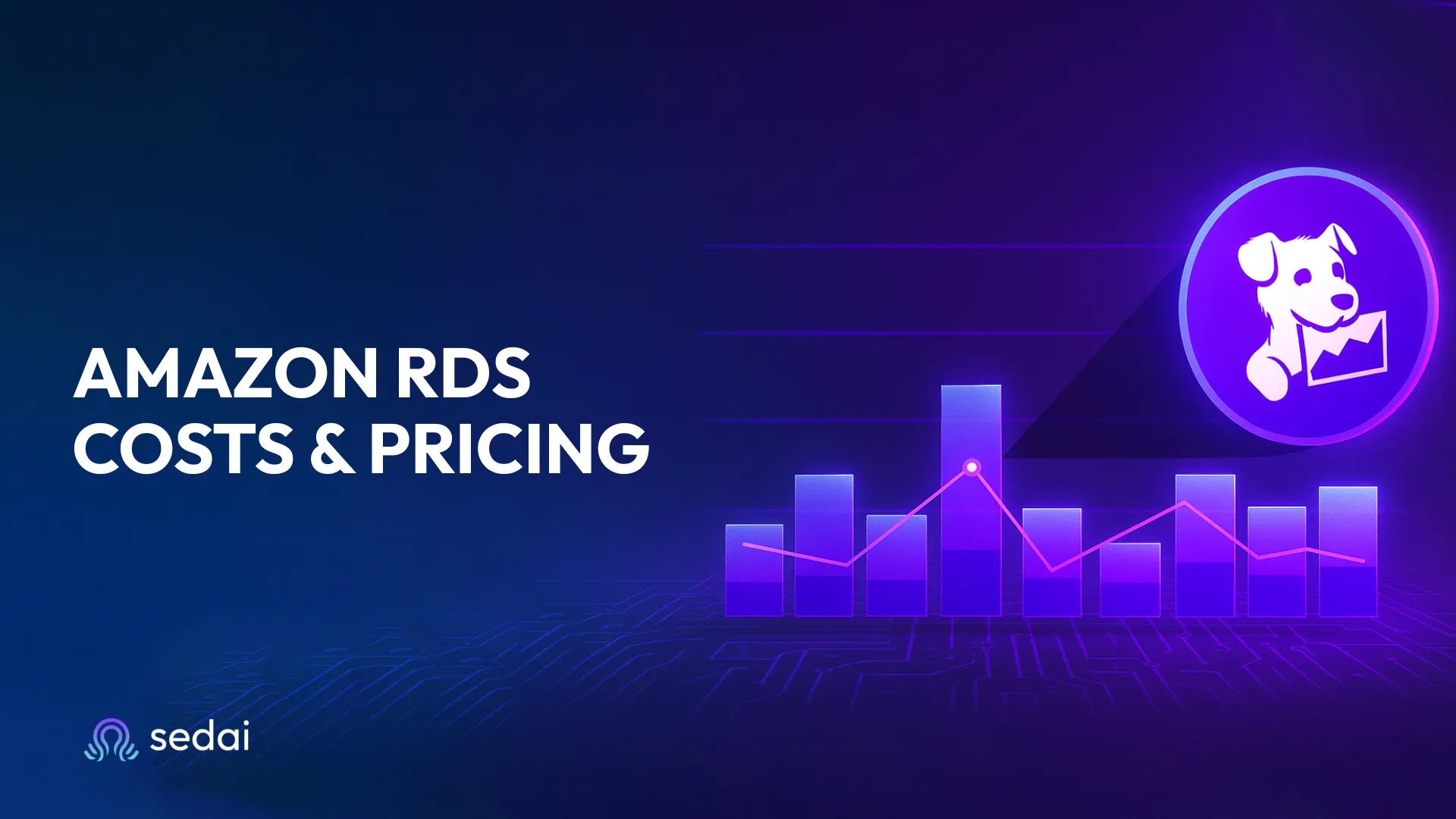
Sedai works alongside Datadog, using AI to automate cost savings without any manual setup. By learning your unique environment, Sedai takes smart actions autonomously, keeping your observability lean and efficient.
Published on
July 17, 2025
Amazon EMR Architecture: The Ultimate Beginner’s Guide 2025
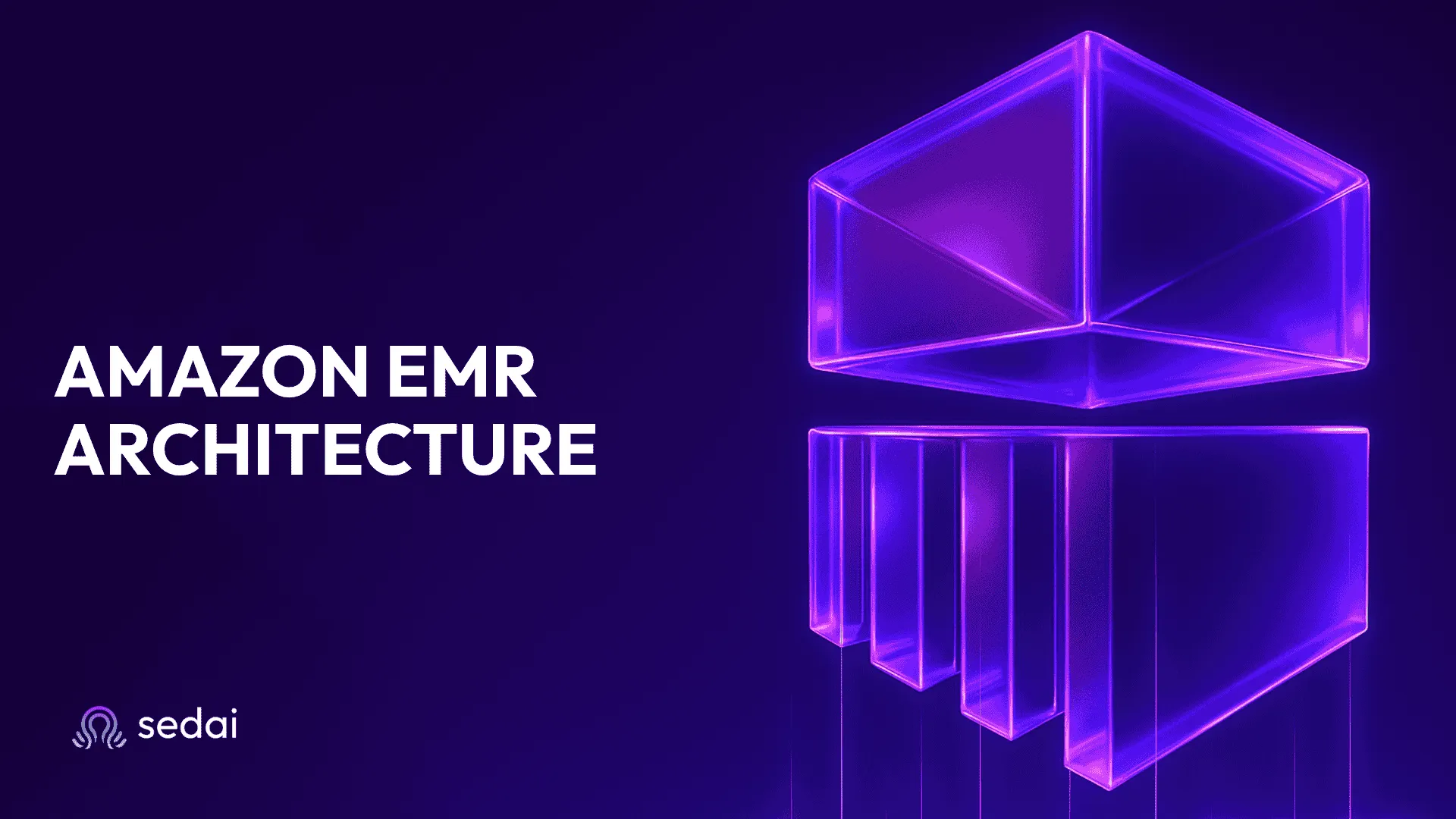
Most teams shouldn't waste time managing EMR clusters. Sedai automates rightsizing, scaling, and killing idle jobs, allowing engineers to focus on what matters, reduce EMR costs, and streamline operations.
Published on
July 17, 2025
AWS Database Migration Service: An In-Depth Guide for 2025

For cloud migrations, Engineers need a fast, reliable, and automated solution. AWS Database Migration Service ensures seamless, secure transfers with minimal downtime while maintaining data integrity
Published on
July 17, 2025
Azure Blob Storage Basics: A Beginner’s Guide to Scalable Cloud Solutions
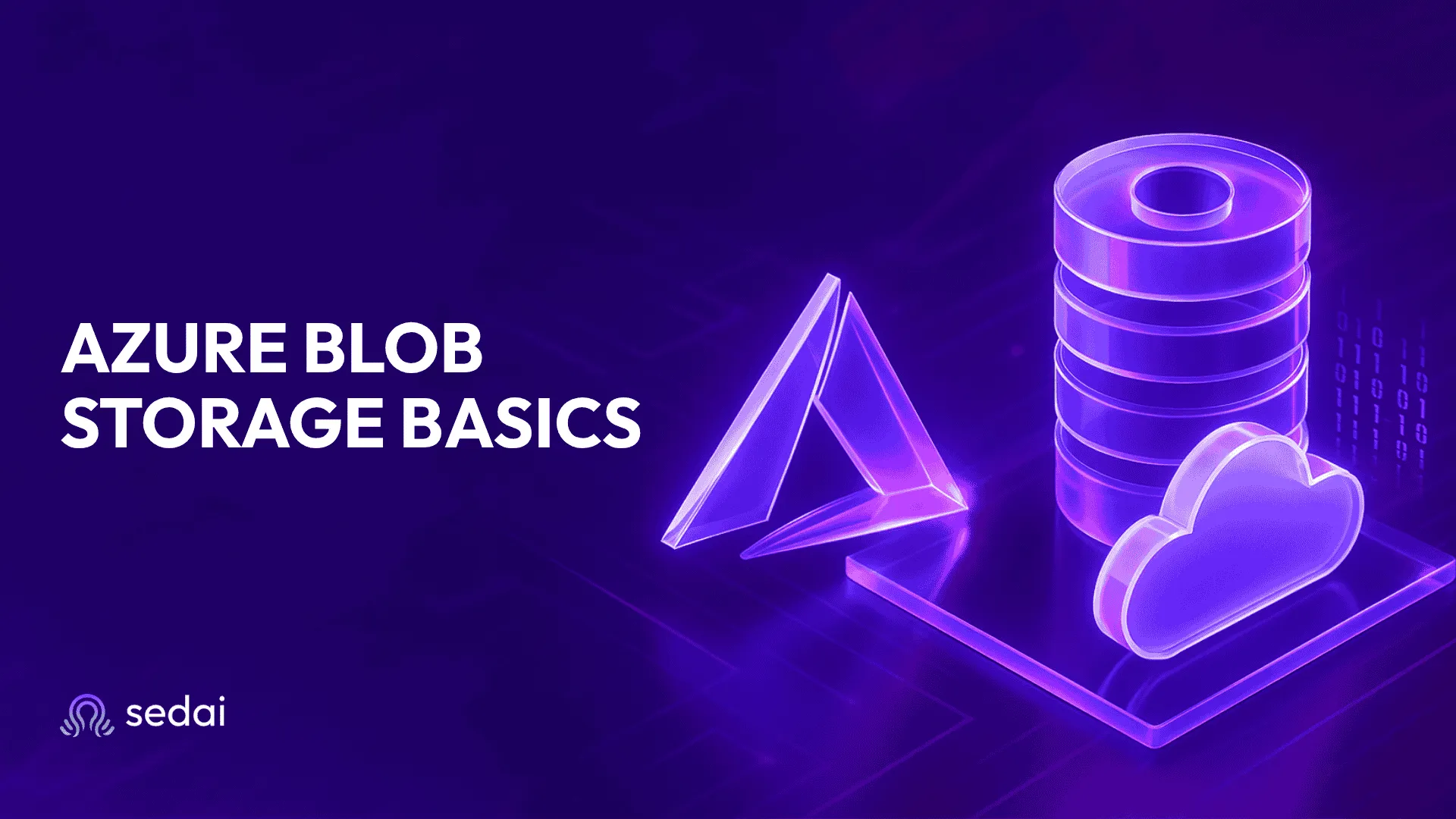
Cloud storage should be simple and affordable. Azure Blob Storage gives engineers secure, reliable storage that scales with every project. Sedai’s AI automation keeps costs low and performance high. Together, they help you to take control of your data efficiently and confidently.
Published on
July 17, 2025
Software Performance Optimization: The Expert Guide for 2025
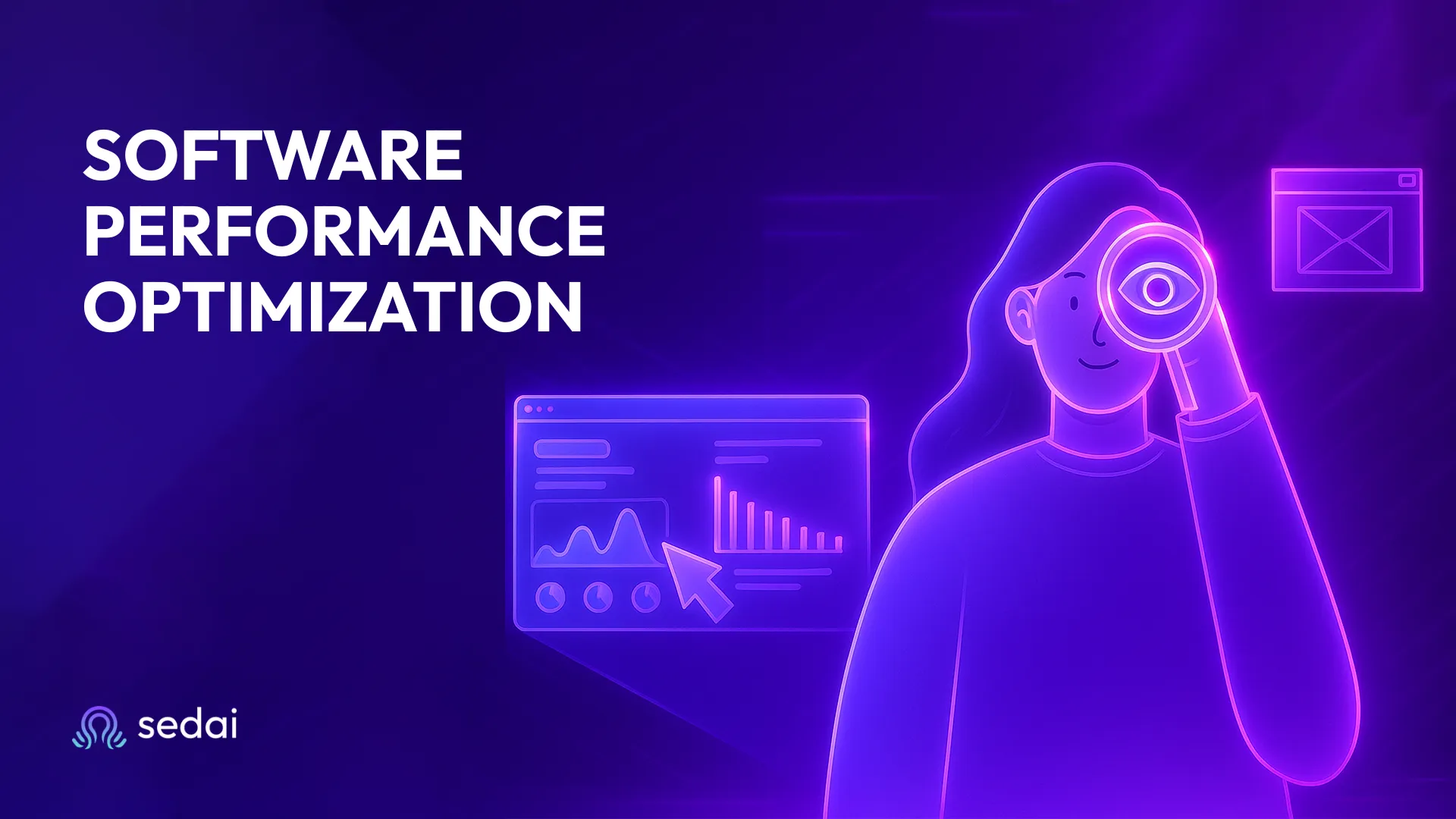
Engineers shouldn’t have to spend hours optimizing the performance of each software application, and then constantly monitoring these applications to adjust for changes and fix issues. These engineers need to integrate performance optimization across the DevOps lifecycle, and then use AI tools to adapt to changes and fix issues, so they can focus on what matters.
Published on
June 17, 2025
Best Cloud Storage Providers in 2025: What You Need to Know
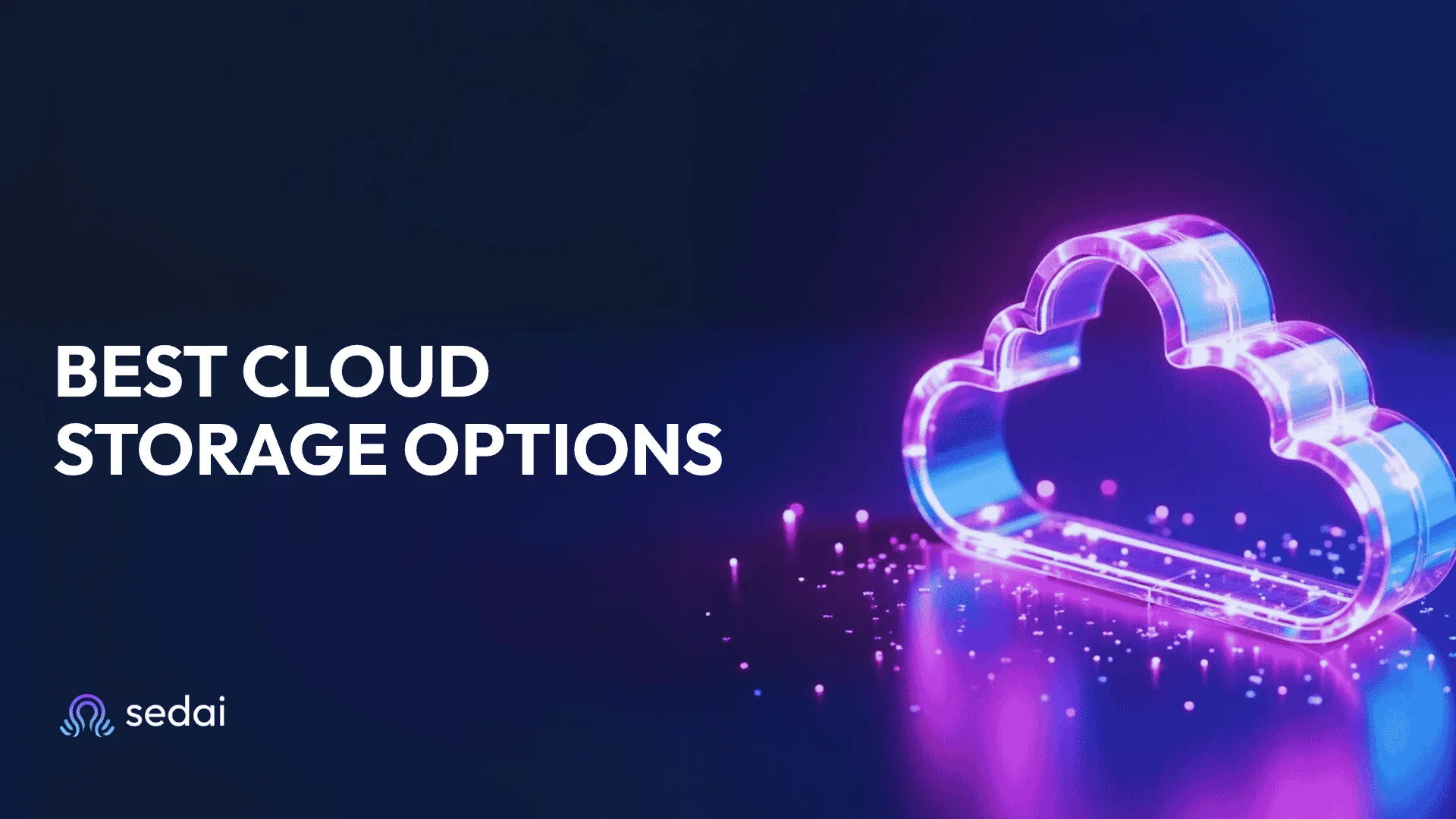
Explore the top cloud storage options for 2025 and see how Sedai’s AI boosts performance and cuts costs automatically.
Published on
June 17, 2025
AWS Secrets Manager: A Quick Guide to Safe Credential Storage
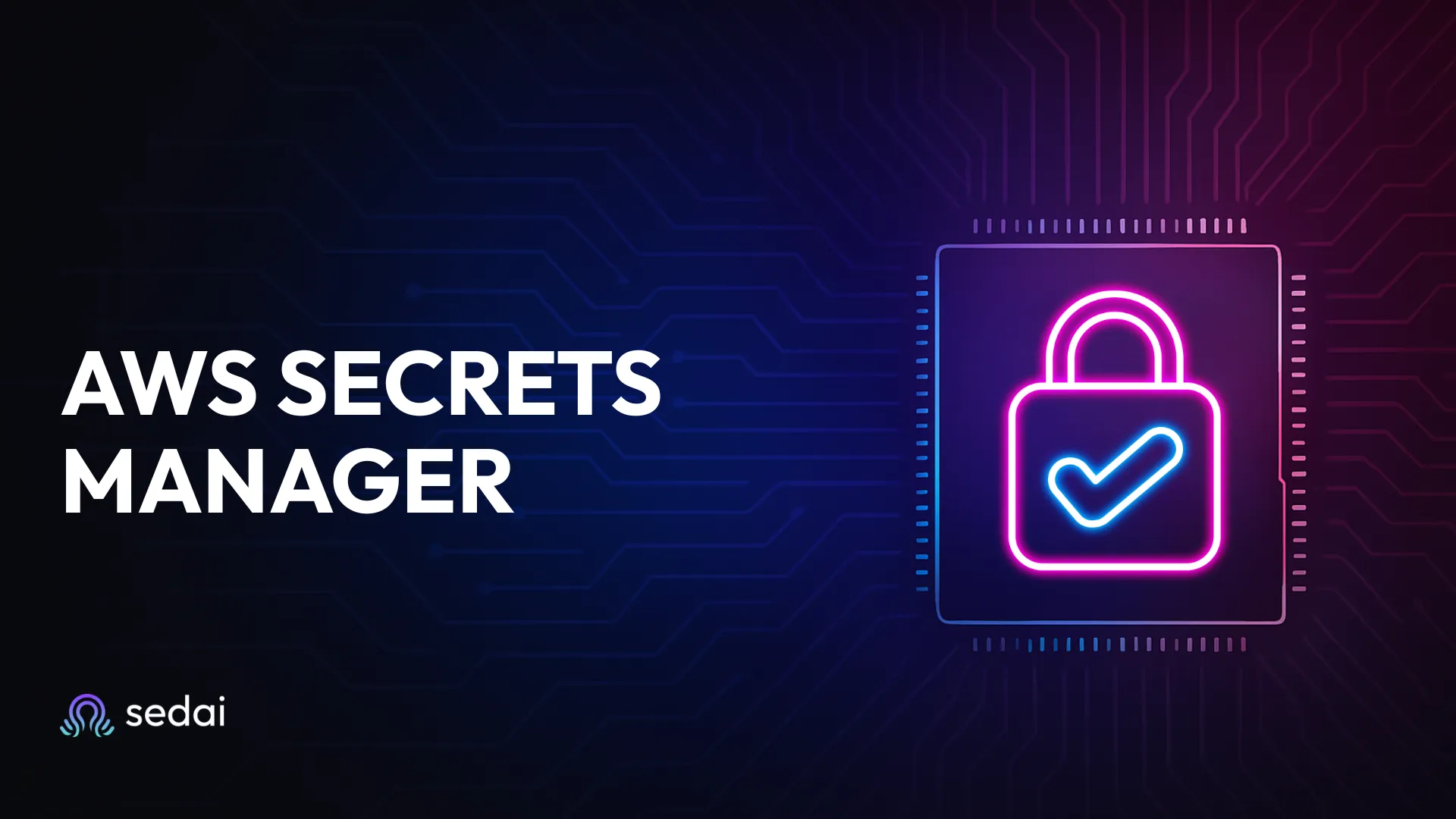
Engineers can stop manually rotating credentials with AWS Secrets Manager, which securely stores and auto-rotates secrets. Sedai, the cloud's AI brain, optimizes settings, scales resources, and reduces costs automatically for faster apps and lower cloud expenses.
Published on
June 17, 2025
Snowflake Database 101: The Ultimate Guide to Cloud-Native Data Warehousing
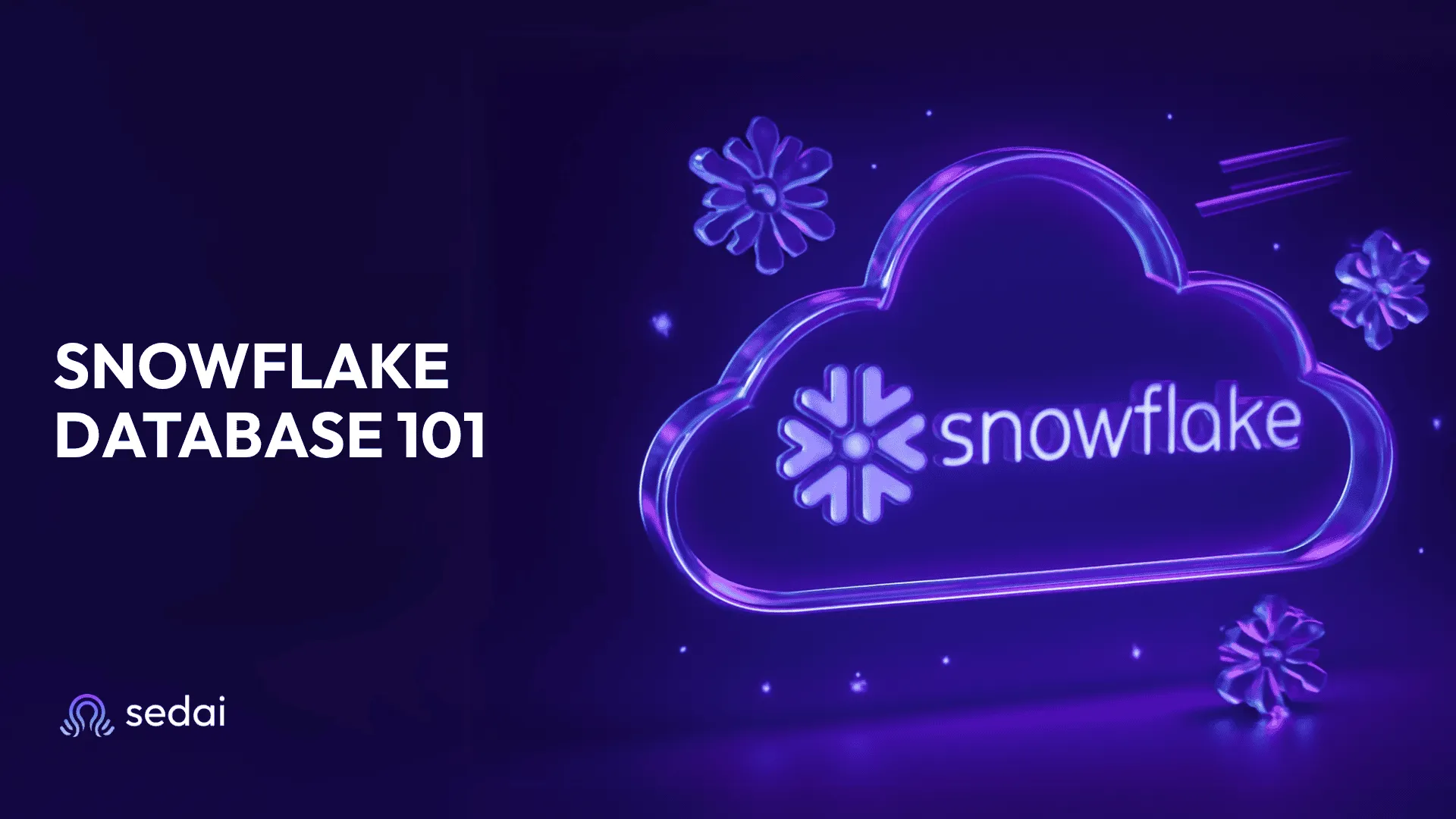
Managing cloud data shouldn’t be hard or expensive. Snowflake’s smart architecture and pay-as-you-go model help engineers scale easily while keeping costs under control. Paired with Sedai’s AI automation, they gain real-time cost insights, optimized resources, and smoother teamwork. Simple, efficient, and fast.
Amazon RDS for Beginners: How to Optimize & Save Costs in 2025
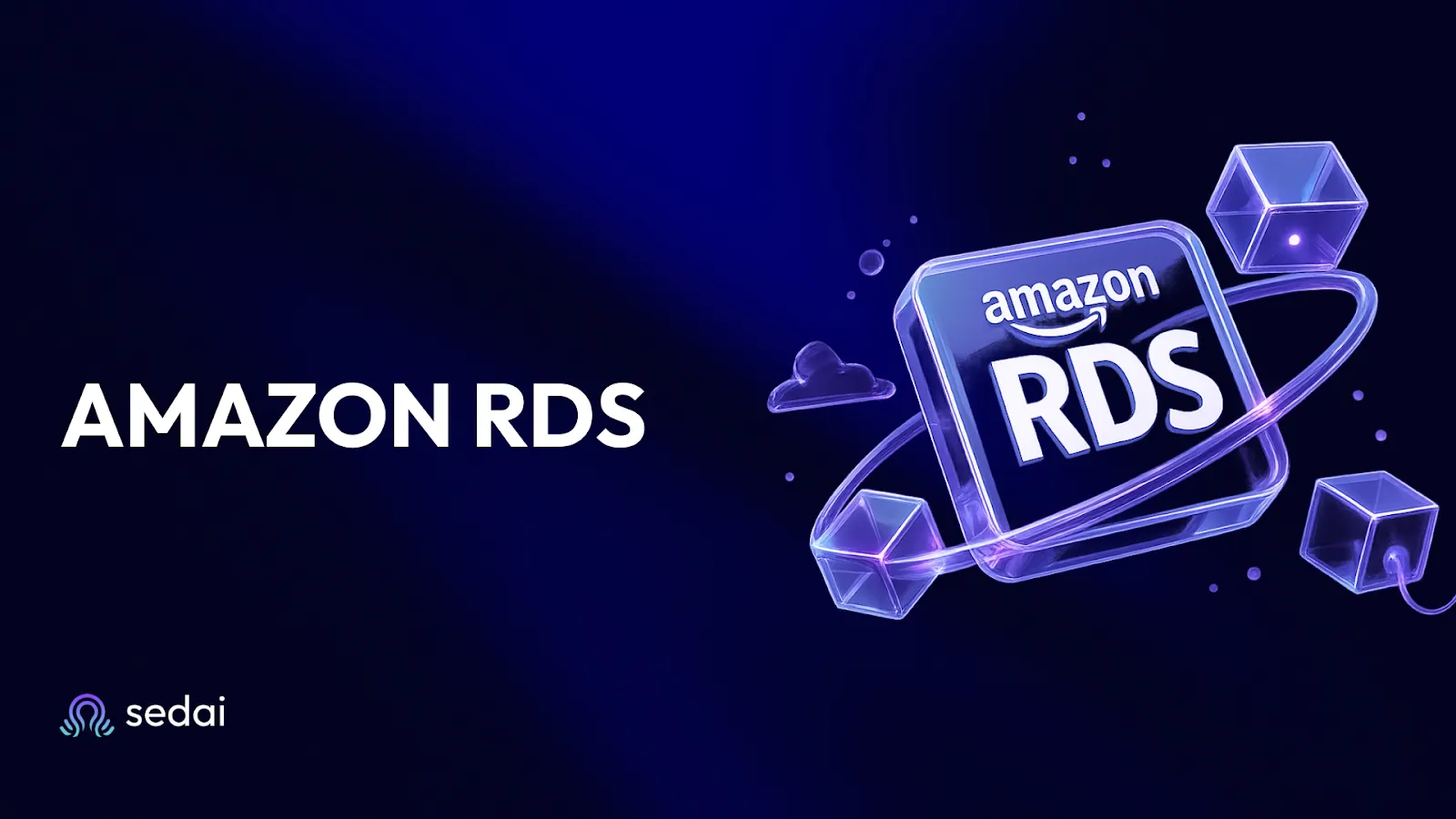
Engineers shouldn’t have to invest countless hours configuring and managing infrastructure when starting with cloud databases. With Amazon RDS, they can integrate database management seamlessly into their workflow. RDS handles automation and reduces the need for manual adjustments, so engineers can stay.
Simple Steps to Optimize Azure Virtual Machine Performance

Discover essential steps to optimize Azure VM performance, from right-sizing and storage choices to networking enhancements. Learn how Sedai’s autonomous cloud optimization platform streamlines these tasks, delivering continuous, proactive optimization to ensure efficient, reliable VM performance without manual intervention.
Published on
April 30, 2025
Basic Concepts of High Availability for Cloud-Based Applications: A Guide

Explore the critical aspects of high availability (HA) in cloud environments and discover strategies to minimize downtime and enhance performance. Learn how to implement redundancy, proactive monitoring, and failover mechanisms, while leveraging AI-driven solutions like Sedai to optimize resource allocation and ensure uninterrupted service.
Published on
April 30, 2025
How to Optimize for Cost in EKS: Best Practices for AWS Efficiency
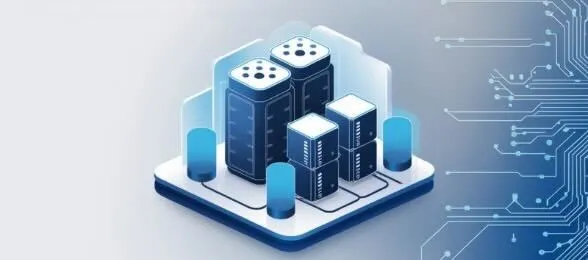
Discover key strategies to optimize Amazon EKS costs, from resource right-sizing and autoscaling to efficient instance selection. Understand how Sedai’s autonomous platform drives cost-effective management by continuously monitoring and adjusting workloads in real time, reducing the need for manual intervention. Learn how proactive optimization through tools like Sedai can help you control expenses across EKS components—like EC2 instances, storage, data transfer, and load balancing—ensuring a scalable, high-performing Kubernetes environment on AWS that aligns with your budget.
Published on
April 4, 2025
Optimizing Azure Kubernetes Service (AKS) Costs

This blog dives into effective strategies for optimizing Azure Kubernetes Service (AKS) costs, focusing on resource right-sizing, autoscaling, and leveraging cost-saving pricing models like Spot VMs and Reserved Instances. It highlights best practices such as regular resource audits, tagging for cost tracking, and training teams on cost-efficient Kubernetes practices. The blog also introduces Sedai’s autonomous optimization platform, which automates resource adjustments and scaling to minimize costs while maintaining performance. Practical insights and actionable tips empower teams to manage AKS clusters efficiently, balance cost with reliability, and thrive in a cloud-driven environment.
Published on
March 10, 2025
AWS Cost Optimization: The Expert Guide (2025)
.jpg)
Discover AWS optimization strategies to balance cost, performance, & availability with AI-driven automation, smart pricing, and continuous resource management.
Published on
March 10, 2025
Running Kubernetes Clusters on Spot Instances
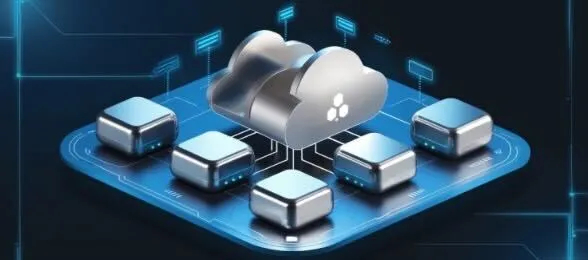
This blog explores the strategy of running Kubernetes clusters on spot instances, a cost-saving approach that taps into unused cloud capacity. It covers key benefits of using spot instances in Kubernetes, best practices for autoscaling, and methods for managing instance interruptions to maintain workload stability. Additionally, it introduces Sedai's autonomous optimization platform, which enhances spot instance management through real-time adjustments and predictive analytics, minimizing manual intervention. Practical steps for node group configuration, pod scheduling, and balancing reliability with cost-efficiency are also included to help teams optimize Kubernetes clusters for cost-effective, resilient operations.
Published on
March 10, 2025
6 Best Practices for Optimizing GKE Costs

Optimizing costs in Google Kubernetes Engine (GKE) is crucial for businesses seeking to balance cloud spending with operational efficiency. This post explores essential strategies for achieving cost savings without compromising performance. Key practices include adjusting pod resource requests and limits, leveraging autoscaling for dynamic resource management, and utilizing Spot VMs for non-critical workloads to take advantage of significant cost reductions. Understanding GKE’s pricing models, such as committed use discounts (CUDs) and sustained use discounts (SUDs), is also essential for long-term cost management.
Published on
March 10, 2025
AWS EKS Auto Mode: Early Community Feedback
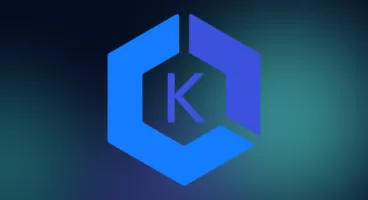
Early community perspectives on AWS EKS Auto Mode from Reddit, Medium, and LinkedIn, summarizing key points about cloud cost, productivity, security, and high availability benefits. Overview of compatibility and customization trade-offs to help evaluate if EKS Auto Mode suits your Kubernetes needs.
Published on
December 13, 2024
Choosing Correct Instance Types for Rightsizing in GCP VMs

This blog explores the importance of selecting the correct instance types for rightsizing in Google Cloud Platform (GCP) Virtual Machines (VMs), emphasizing how businesses can optimize costs and performance. It covers various GCP instance categories, including general-purpose, compute-optimized, memory-optimized, and accelerator-optimized instances, and explains the key factors to consider when rightsizing. Additionally, the blog highlights the role of GCP’s built-in tools like GCE Rightsizing Reports and the benefits of using Sedai’s AI-driven platform to automate and optimize resource allocation in real-time, ensuring efficient and cost-effective cloud infrastructure management.
Published on
October 21, 2024
Understanding Azure Kubernetes Service (AKS) Pricing & Costs
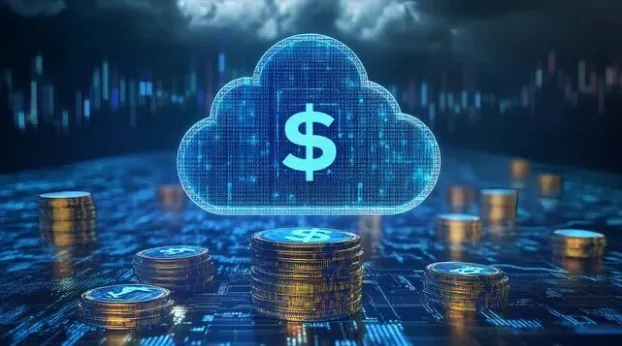
Managing costs effectively in Azure Kubernetes Service (AKS) is crucial for optimizing performance and ensuring scalability without overspending. This blog delves into the key components of AKS pricing, including control plane, node pools, data transfer, and storage costs. It also explores actionable strategies for cost optimization, such as leveraging auto-scaling, Spot VMs, rightsizing resources, and utilizing cost management tags. You’ll also learn about various approaches to resource optimization—manual, automated, and autonomous—to help businesses achieve efficiency while keeping costs under control.
Published on
October 21, 2024
Understanding AWS EKS Kubernetes Pricing and Costs

This blog provides an in-depth look at the key components of AWS EKS pricing, including the control plane, worker nodes, data transfer, and storage costs. It breaks down how each element contributes to overall expenses and explores cost-effective strategies tailored for EKS environments. You’ll find insights on using various pricing models, including EC2, Fargate, and Outposts, and practical tips on leveraging Reserved and Spot Instances for savings. Additionally, the article discusses how businesses can adopt manual, automated, and autonomous approaches to cost management, with a special focus on optimizing resource allocation, auto-scaling, and workload management. Learn how intelligent, real-time solutions can help you streamline EKS operations and reduce costs without sacrificing performance.
Published on
October 21, 2024
Supercharging Karpenter with AI: How Sedai Takes Kubernetes Scaling to the Next Level
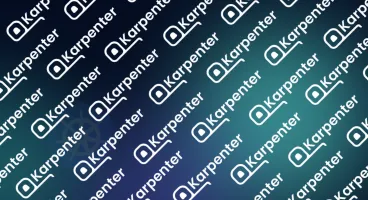
Optimize Kubernetes performance and cost with Karpenter and Sedai. Learn how AI-driven insights enhance node provisioning, predictive scaling, and instance selection.
Published on
August 14, 2024
Autonomous DevOps: Integrating IaC with Autonomous Systems
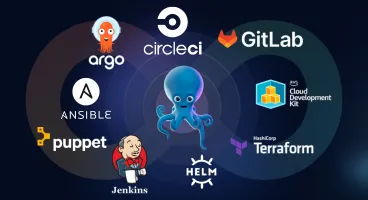
Learn how to seamlessly integrate Infrastructure as Code (IaC) with autonomous systems for cloud cost & resource optimization. This guide explores strategies for maintaining DevOps best practices while leveraging AI-driven optimization in CI/CD pipelines, ensuring your IaC remains accurate and your cloud costs are minimized. Ci/CD tools mentioned include Jenkins, Argo CD, Circle CI and GitLab CD. IaC tools mentioned include Terraform, Ansible, AWS Cloud Development Kit (CDK), Puppet and Helm. A case study showing how Gitlab IaC is integrated with Sedai's autonomous optimization capability at KnowBe4, a leading cybersecurity platform is included.
Published on
November 30, 2023
Rightsizing Kubernetes Dev/Test Environments: Saving $500K/yr in 60 Days

A technology company achieved a 25% cost saving across 1,400 Kubernetes services with Sedai's autonomous optimization technology by rightsizing Dev/Test environments. AI-powered autonomous optimization optimized Kubernetes requests and limits in Kubernetes workloads and optimized instance count and type. An AI driven approach was more effective than manual optimization, especially given the small spend on each individual service. Optimization is one key capability of Sedai's autonomous cloud management platform.
Published on
April 30, 2024
























.jpg)









